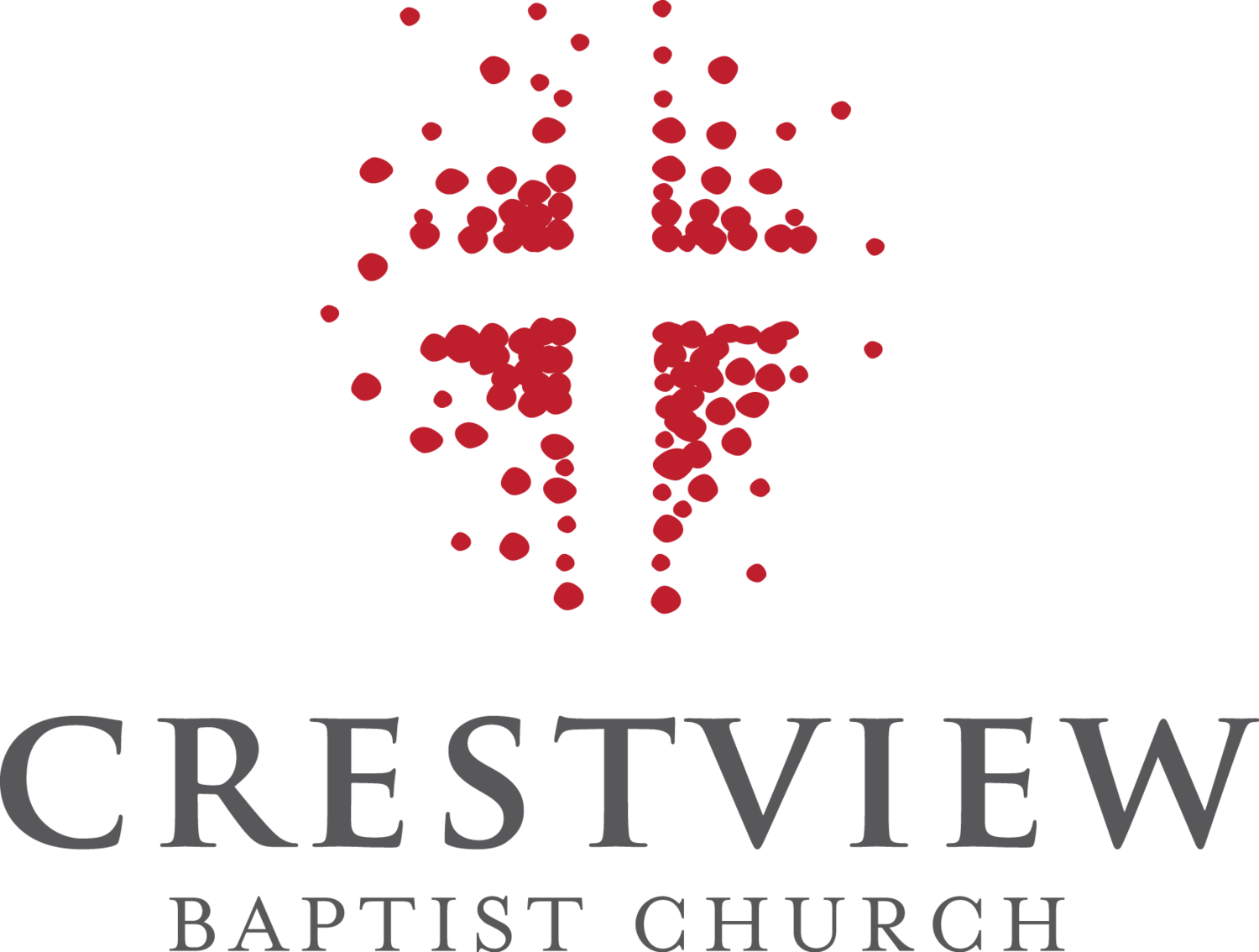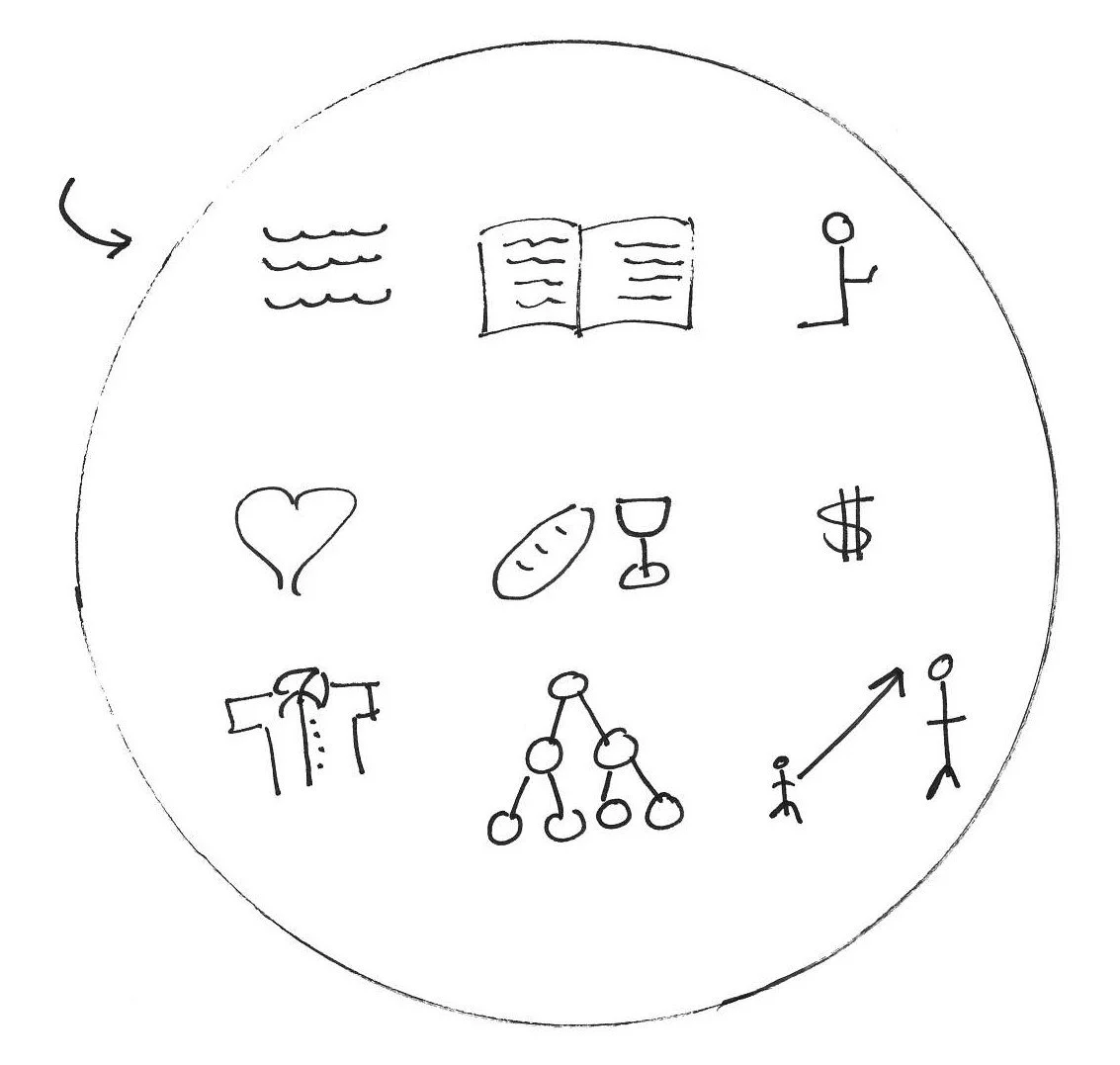Step 3: start discipleship
STARTING DISCIPLESHIP is the third step of disciple-making for the church. This phase begins when a person is born again and has turned to trust Christ by faith. Paul encouraged Timothy to train believers in the church to become disciple-makers: “You then, my child, be strengthened by the grace that is in Christ Jesus, and what you have heard from me in the presence of many witnesses entrust to faithful men, who will be able to teach others also” (2 Tim 2:1–2). Generational discipleship, where disciples continue training others, was Jesus and Paul’s example. Discipleship is a believer's personal effort, in faith, to treasure Jesus more fully and to live more consistently as his disciple. Every believer is to pursue maturity as a disciple.
DISCIPLESHIP GROUPS: Discipleship typically happens best within a small group for encouragement and accountability. Group members include:
THE MENTOR: A more mature disciple who provides leadership to the group. The mentor’s goal is to guide the group toward spiritual growth by modeling maturity, offering biblical instruction and wisdom, and applying gracious accountability.
LEARNERS: One to four growing disciples who look to the mentor for leadership. The goal of the learner is to learn the obedience of faith.
BEST PRACTICES: Discipleship can take many forms, but here are a few best practices we recommend:
Groups typically meet at least once a week, but they also find ways to share life outside of the formal group time. Spend time in each other's homes, worship together, travel together, and more! Remember, Jesus did more than merely teach his disciples, he lived life with them as well
Groups are typically single-gender. Men disciple men. Women disciple women.
While pastors may help mentors and learners form groups, it's important to remember that discipleship is the responsibility of every believer. So, take the initiative to start discipleship and seek a pastor's help as needed. This empowerment and responsibility are key aspects of the discipleship journey.
GROUP AGENDA: It is important for the mentor to keep the group meeting focused, while allowing flexibility to address items pertinent to the group. The following 90-minute group meeting agenda keeps essential disciple-making goals in focus:
LOOK BACK (20 min)
Catch up with one another. What are highs and lows from this past week?
Pray for one another. Sing a song together.
Review fish and follow goals from last meeting. Fishing goals are intentions to engage unbelievers and share the gospel. Following goals are steps of obedience identified in the previous group meeting.
Highlight the vision for this group: We are growing disciples who are learning to delight in the Lord more fully and make-disciples.
LOOK UP (50 min)
Practice one simple tool each meeting (5 minutes): Relationship Map; 15-Second Testimony; 3-Circles; Review the Commands of Christ Circle; 4-Phase Bible Reading. These tools are all learned in Foundations for Disciples.
New Bible study(45 minutes).
LOOK FORWARD (20 min)
Set new fish and follow goals arising from this meeting. Fishing goals are intentions to engage unbelievers and share the gospel. Following goals are steps of obedience identified in the Bible study.
Pray for one another.
Schedule the the next group meeting.
TWO PHASES: Discipleship typically unfolds in two distinct phases: initial short-term discipleship and ongoing long-term discipleship. Each phase has its unique focus and duration, contributing to the overall growth of the disciple.
Short-term discipleship (first 3 months)
FOUNDATIONS FOR DISCIPLES: In the first three months following conversion, discipleship should focus on learning the basics of following Christ. FOUNDATIONS FOR DISCIPLES, over twelve sessions, introduces new believers to the basic commands of Jesus.
Crestview continually organizes a Foundations for Disciples group on Wednesday nights that is open to newcomers at any time. We encourage every new Crestview member to complete this study. Though offered on our campus, anyone can lead a new believer through this study anytime, anywhere:
Download Foundations for Disciples
Foundations for Disciples: The Commands of Christ
long-term Discipleship
After completing Foundations for Disciples, a learner transitions into a pattern of long-term discipleship. A mentor meets with a group of two to four learners for one to two years. The aim of this group is for learners to continue maturing and become mentors themselves.
In long-term discipleship we emphasize the Bible as the disciple-maker’s primary resource. We believe the Bible is the most powerful discipleship curriculum ever created. Scripture is inspired, authoritative, sufficient, and clear. Therefore, we train mentors and learners how to feed themselves through first-hand interaction with Scripture. This approach requires that learners develop strong Bible study skills so that they read, interpret, and apply Scripture properly.
Our high view of Scripture reflects Paul’s understanding of the character and usefulness of God’s word. Consider what he taught Timothy: “All Scripture is breathed out by God and profitable for teaching, for reproof, for correction, and for training in righteousness, that the man of God may be complete, equipped for every good work” (2 Tim 3:16–17). In other words, Scripture is the Spirit’s tool for developing fully mature disciples of Jesus Christ.
4-PHASE BIBLE-GUIDED DISCIPLESHIP, developed by Pastor Thomas Hill, is what we call our Scripture-driven approach to discipleship. The 4-PHASE approach is pictured on the quick reference guide, below:
MARKS OF GROWING DISCIPLES
Disciples possess distinctive spiritual characteristics. As disciples grow, these marks become increasingly prominent in their lives.
Disciples TREASURE Jesus above all, expressed by persevering repentance and joyful faith.
Disciples FOLLOW Jesus’ commands in Spirit-driven faith, notably by being baptized and loving fellow believers (the church).
Disciples SPEAK the good news of Jesus to the world and one another in the Spirit’s power.
Disciples REPLICATE by taking the initiative to help others treasure and follow Jesus.
STAGES OF GROWING DISCIPLES
The aim of discipleship is the life-long pursuit of growth in Christlikeness. There are four recognizable stages of a growing disciple, each with unique needs (1):
Infant
Description: A new disciple who confesses Christ and is repenting and believing in Jesus. They are learning about baptism. They may have little Bible knowledge and do not know how to walk with Christ. They are likely passionate about Christ, telling others about him, eager to learn, and excited about the church.
Discipleship Needs: Consistent guidance from a mentor; baptism; gathering with the church; learning the basic commands of Christ (Foundations for Disciples is ideal for this stage).
Child
Description: A disciple who has usually believed for less than one year. They have been baptized and are participating church members. They are learning to fight sin and cultivate virtues. They are learning but still ignorant of most of the Bible. They are learning how to walk with Christ but are inconsistent in spiritual disciplines and obedience.
Discipleship Needs: Consistent guidance from a mentor; practicing the basic commands of Christ; lots of love and encouragement; learning to read the Bible and journal as they start long-term discipleship (4-Phase Bible-Guided Discipleship is ideal for this stage).
Young Adult
Description: A disciple who has usually believed longer than one year. They have completed a year of discipleship with a mentor. They are inconsistently sharing their faith with others, fighting sin, cultivating virtues, serving the church, and learning to practice godliness in the home. They may think they are mature and ready for more, but a mentor still sees clear areas of sanctification needed. They are likely able to take on disciple-making by sharing the gospel, leading new disciples through Foundations for Disciples, and then starting long-term discipleship.
Discipleship Needs: Less guidance from a mentor and more friendship and gracious accountability; a mentor will need to address blind spots where the learner’s sanctification is lacking; learning to read more challenging and less familiar sections of the Bible (still following 4-Phase Bible-Guided Discipleship); supplementing Bible study with good Christian books; participating in a mission trip.
Parent
Description: Not a new convert, but has been walking with Christ for some time. They have a strong understanding of the Bible, and all of life is devoted to Jesus. They are faithful disciples in the home. They are co-laborers with other mature disciples and pastors. They can be trusted to make disciples. They have proven themselves loyal to Christ through suffering. Self-feeding. Self-motivated. Initiates loving others and disciple-making. Respected in the church and are trusted with leadership.
Discipleship Needs: Friendship, encouragement, and accountability from fellow mature believers – especially pastors. Identifying ongoing ways to make disciples. Participating regularly in mission trips. Ready for long-term disciple-making commitments. Grows as they give themselves to ministering to others. Supplementing Bible study with good Christian books.
(1) Adapted from Jim Putman, Real-Life Discipleship, 187-191)
recommended resources about disciple-making
The Master Plan of Evangelism by Robert Coleman
Gospel-Centered Discipleship by Jonathan Dodson
Generational Disciple-Making by George Robinson
Chasing Infinity by Mark Liederbach
Discipling by Mark Dever
The Vine Project by Colin Marshall and Tony Payne


